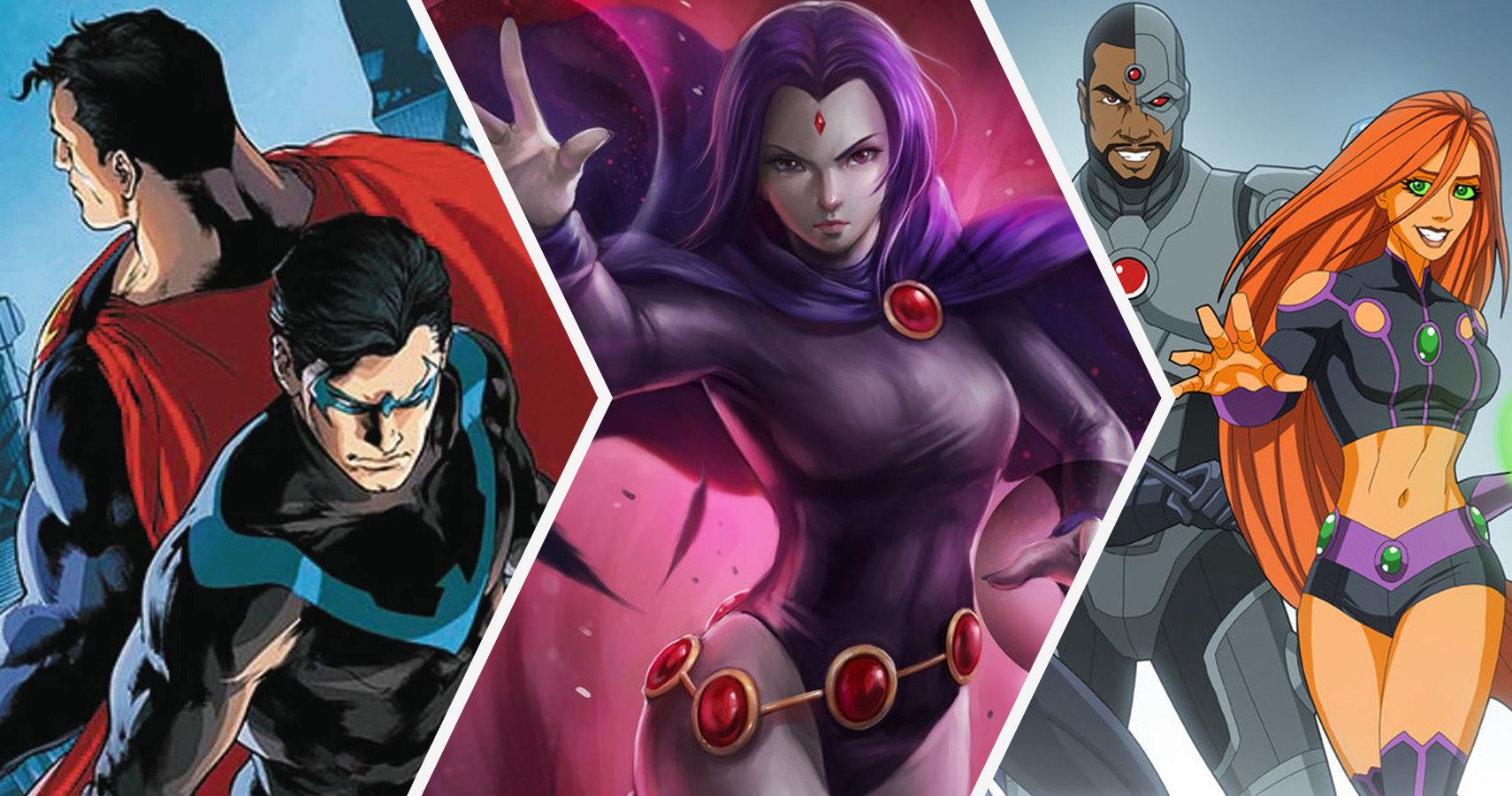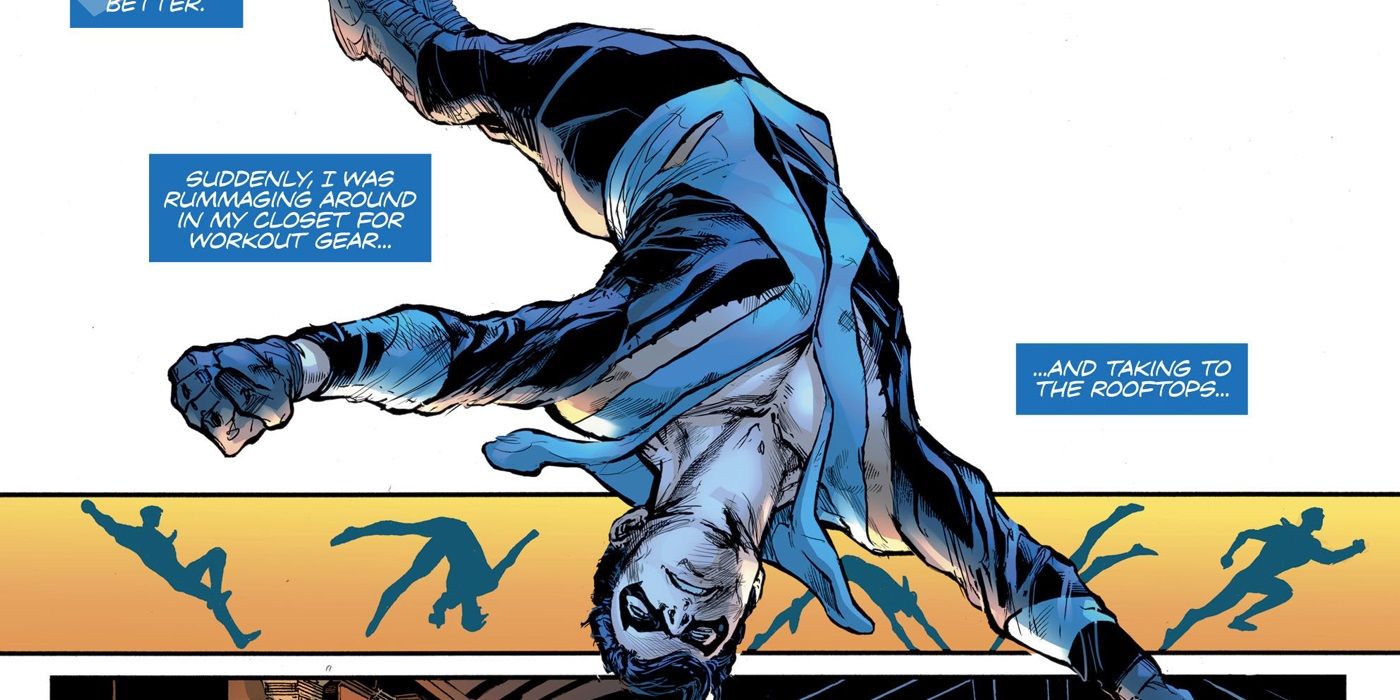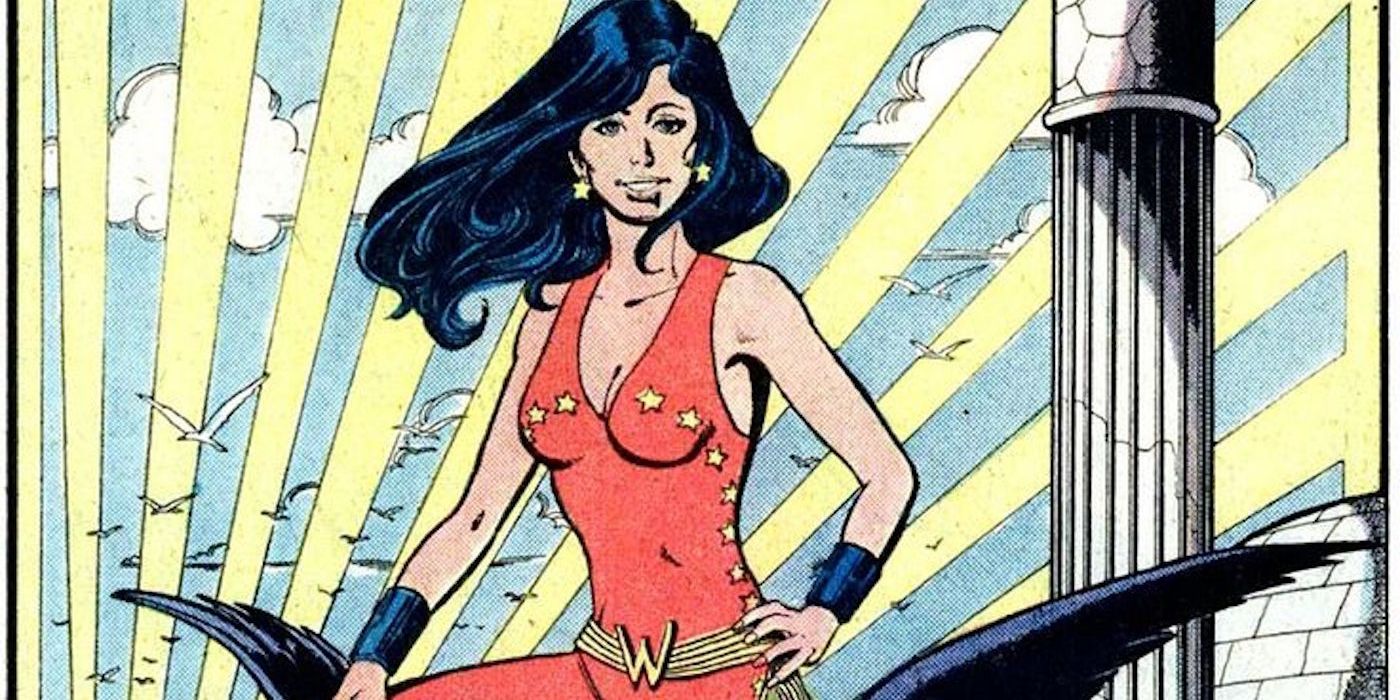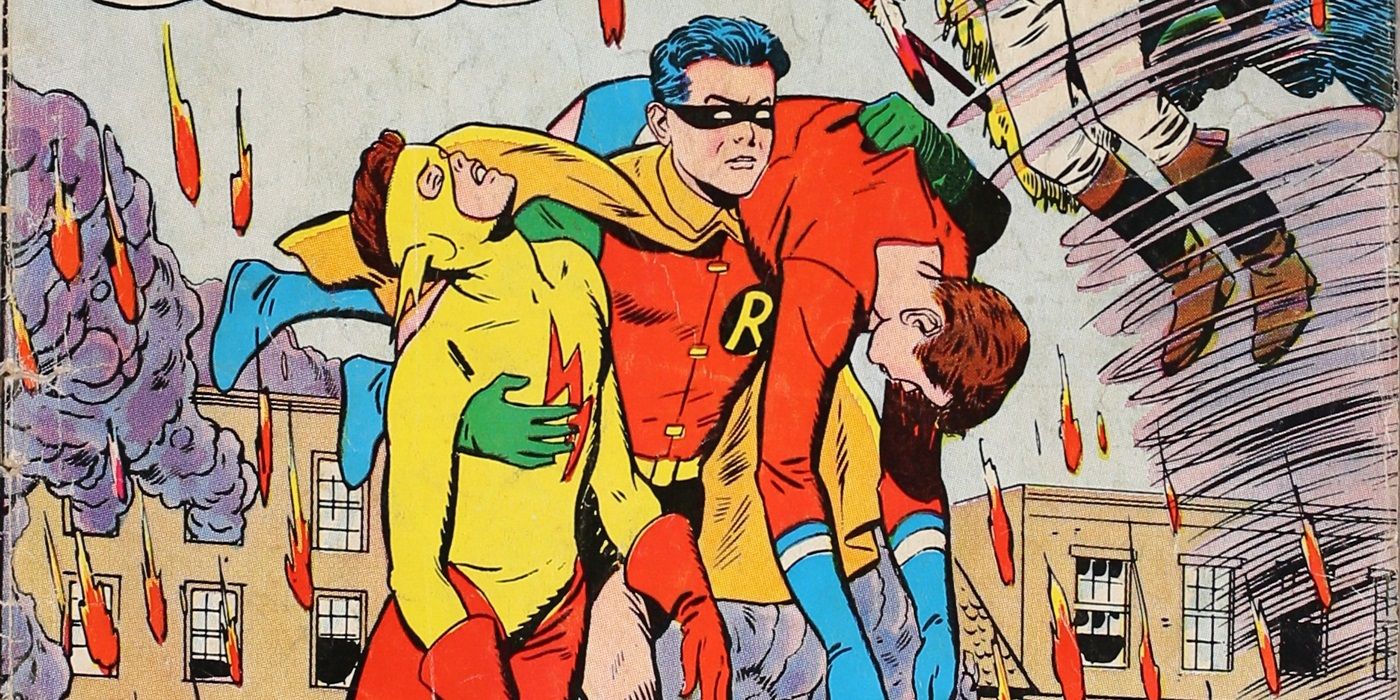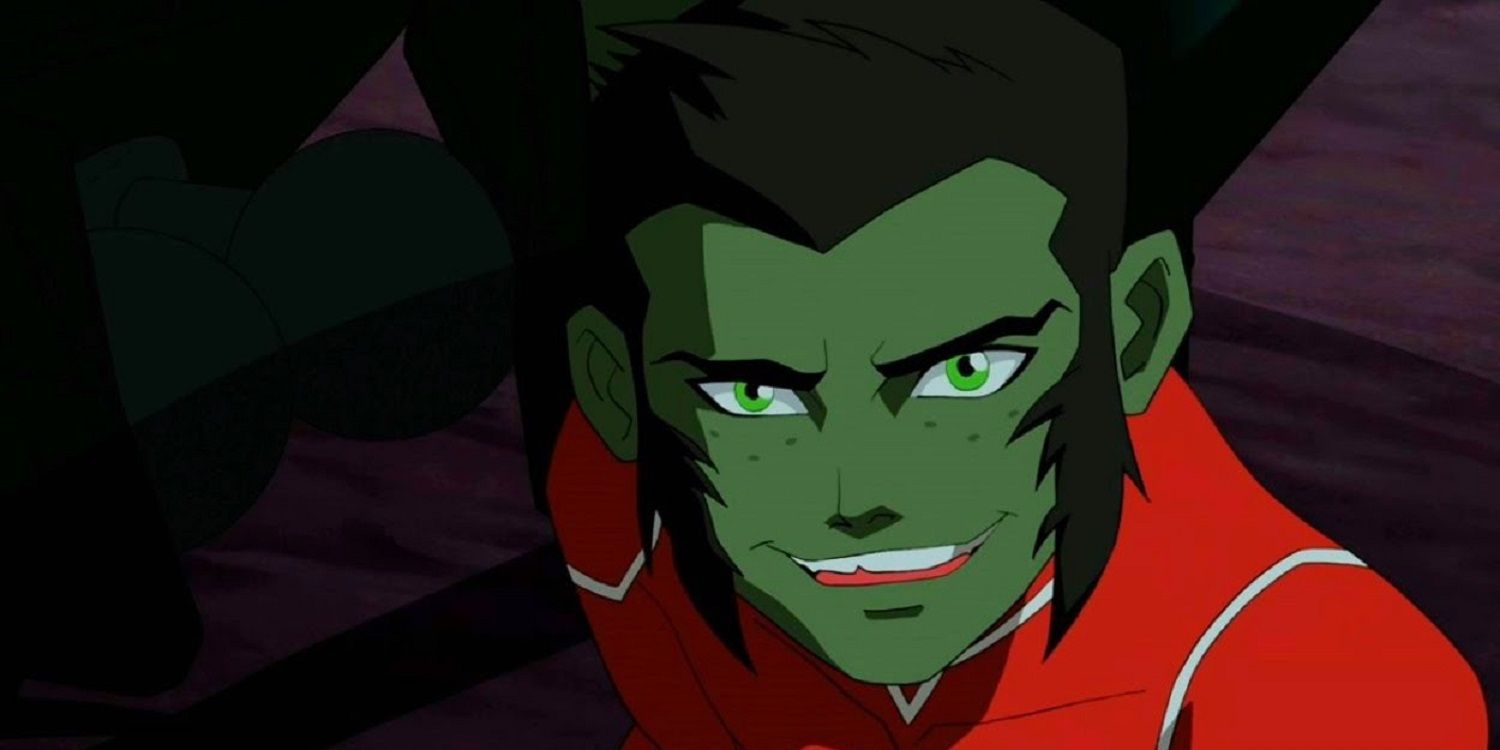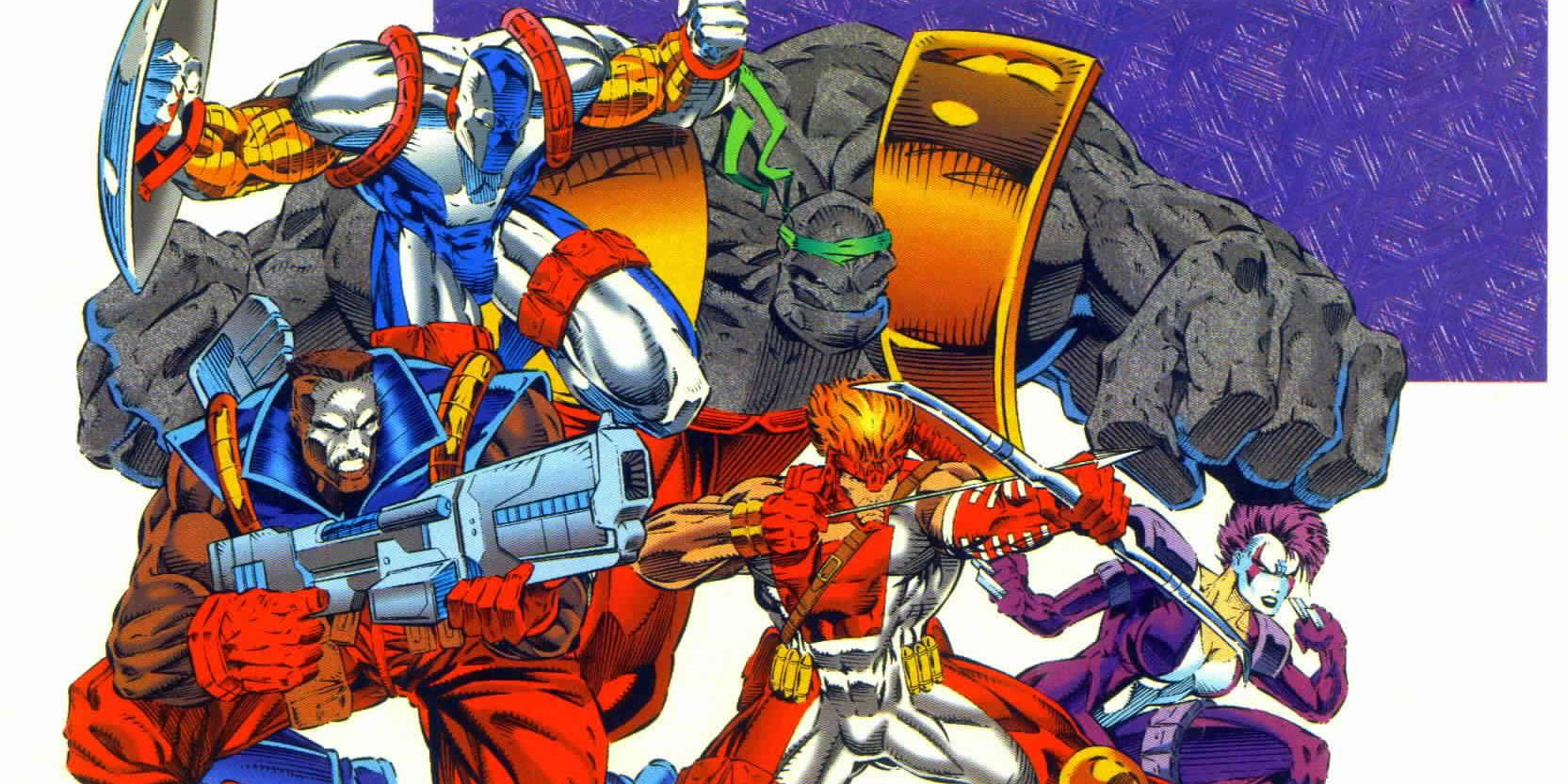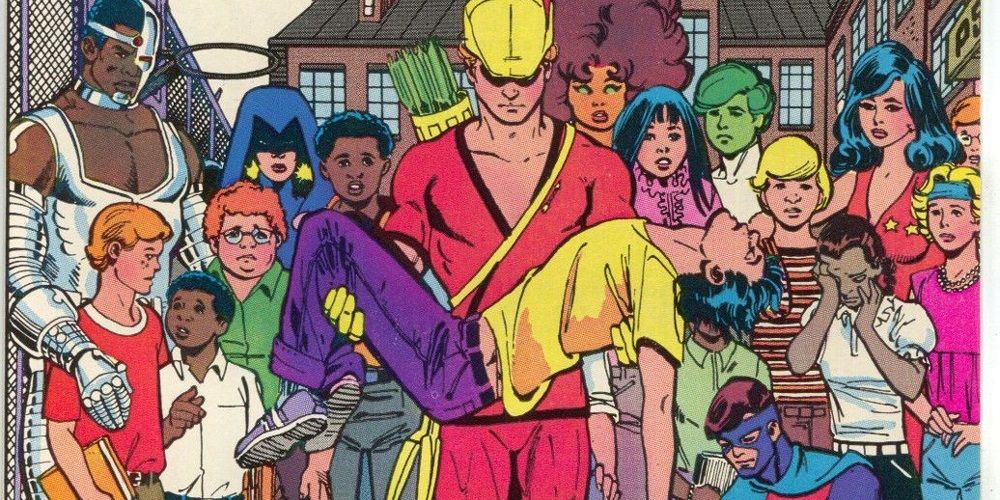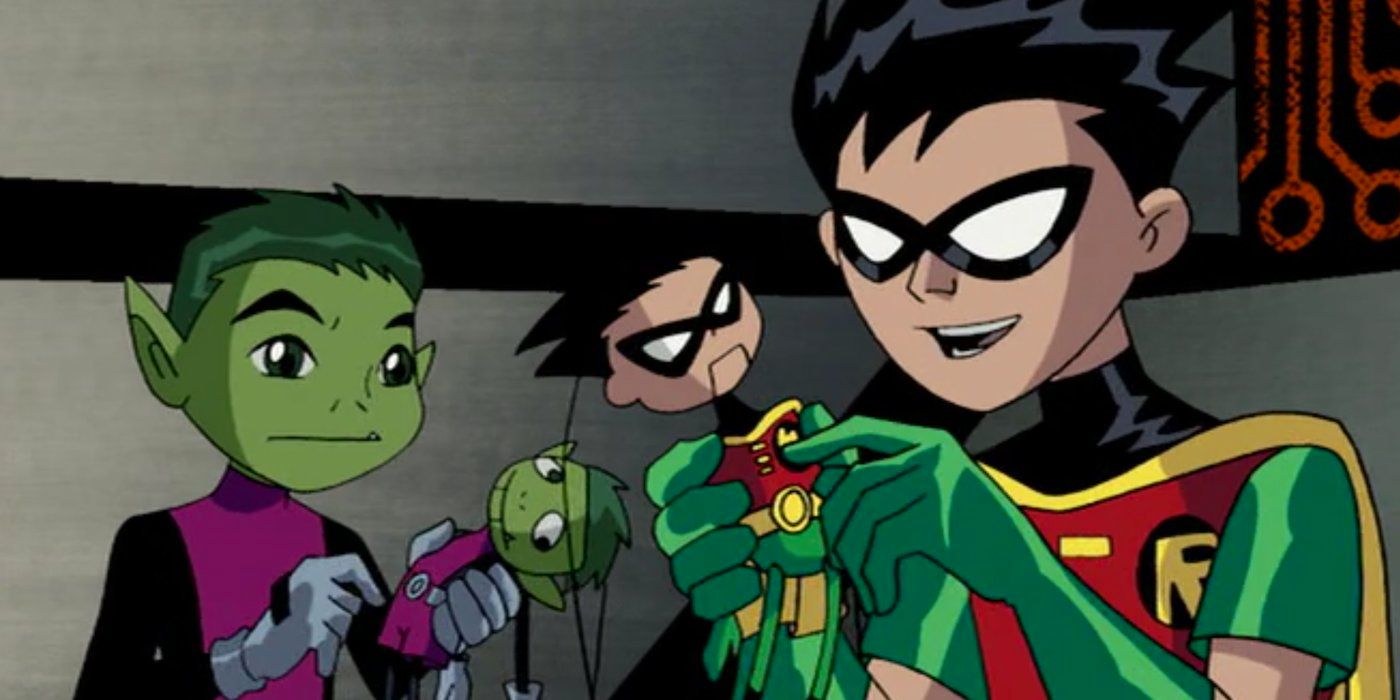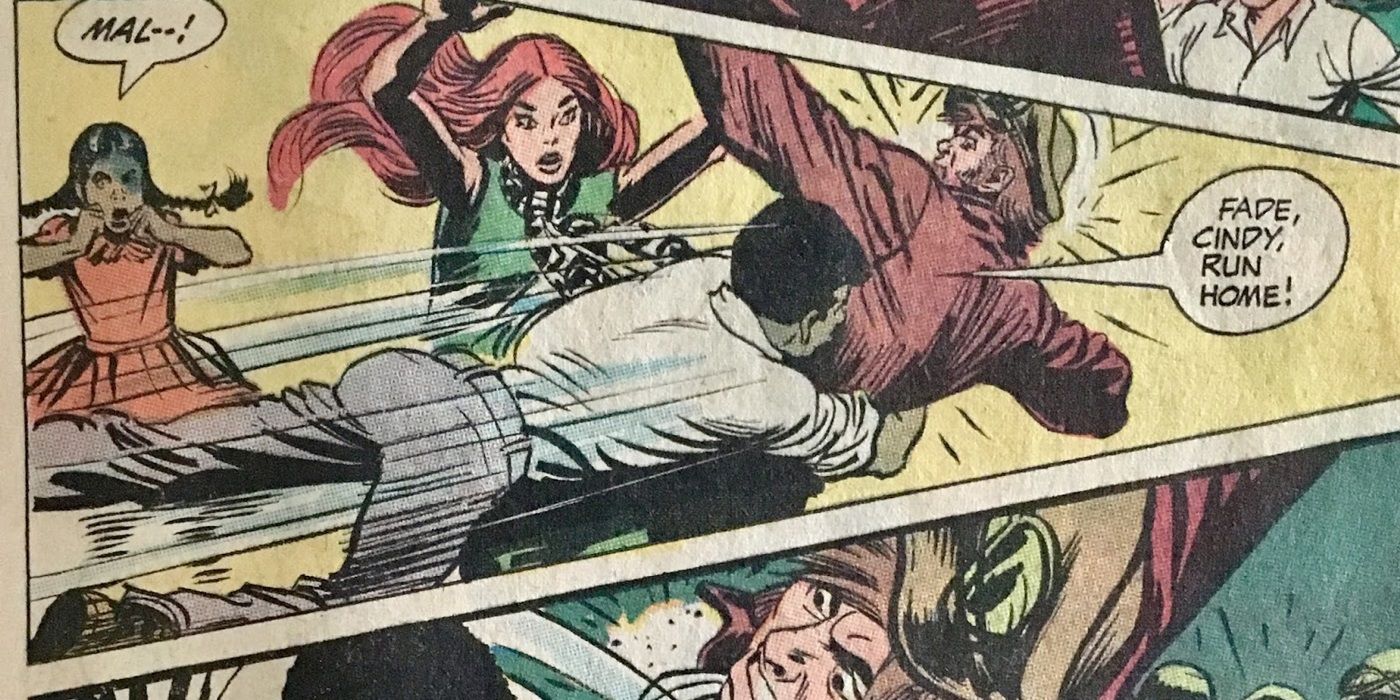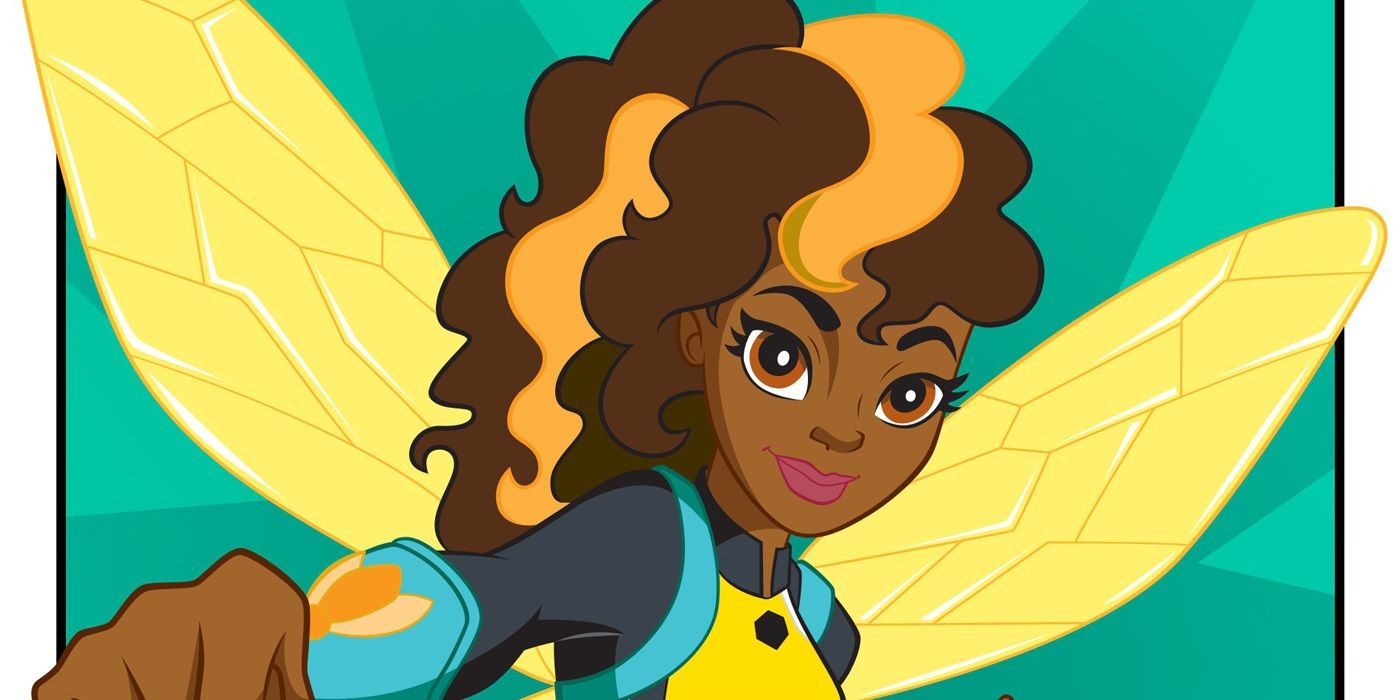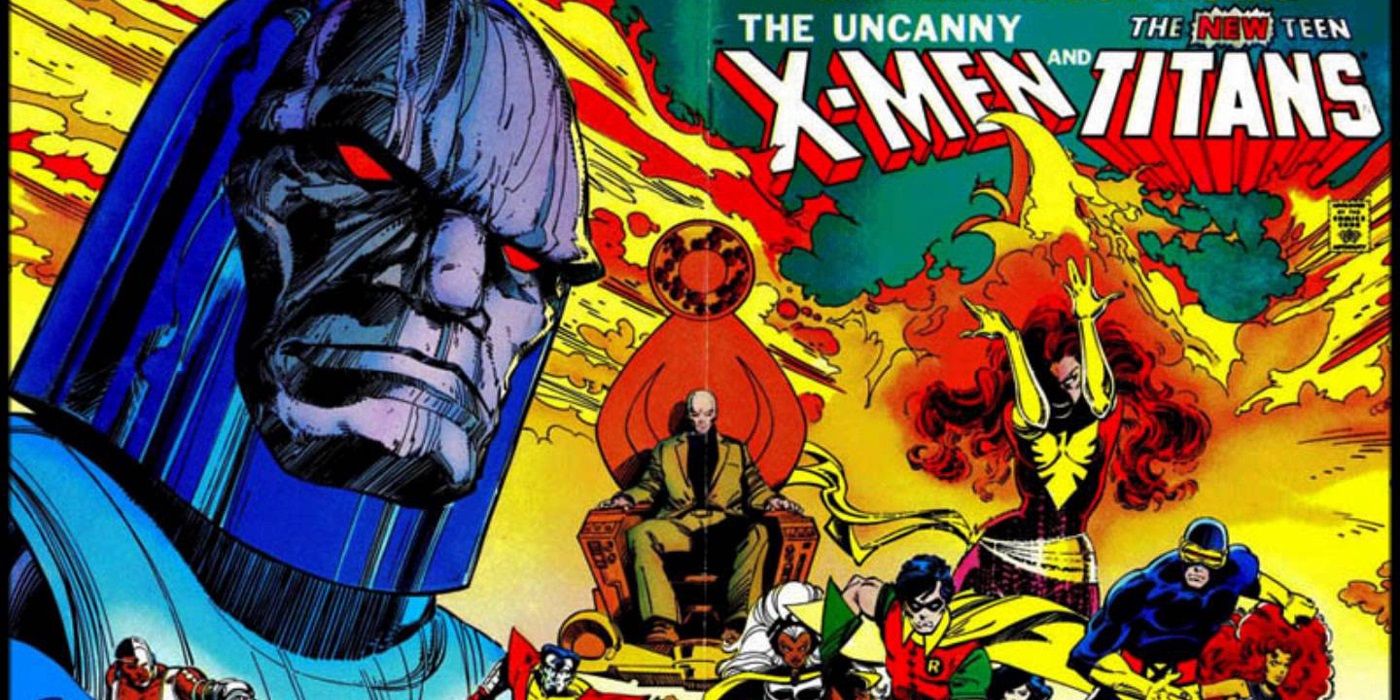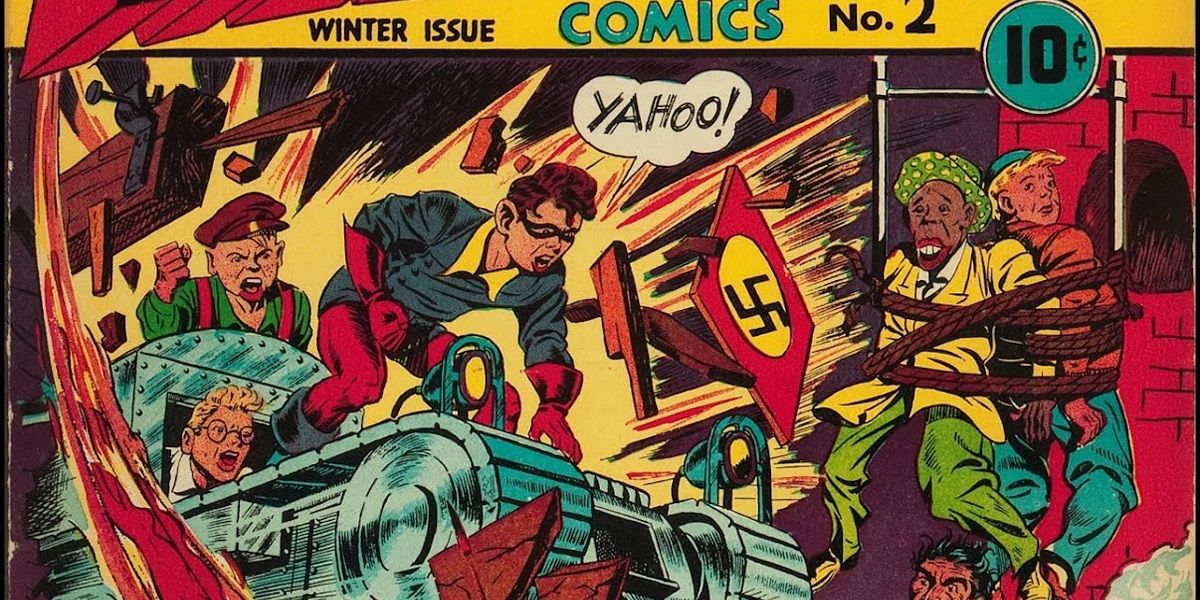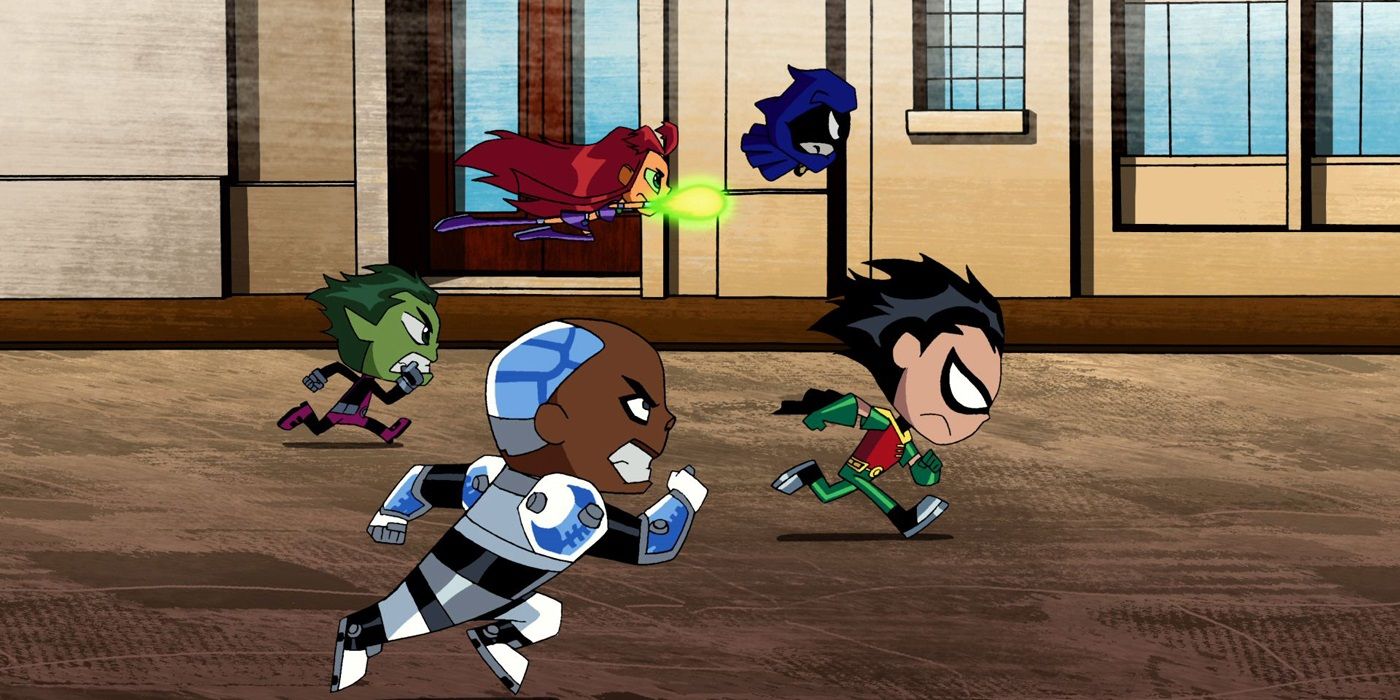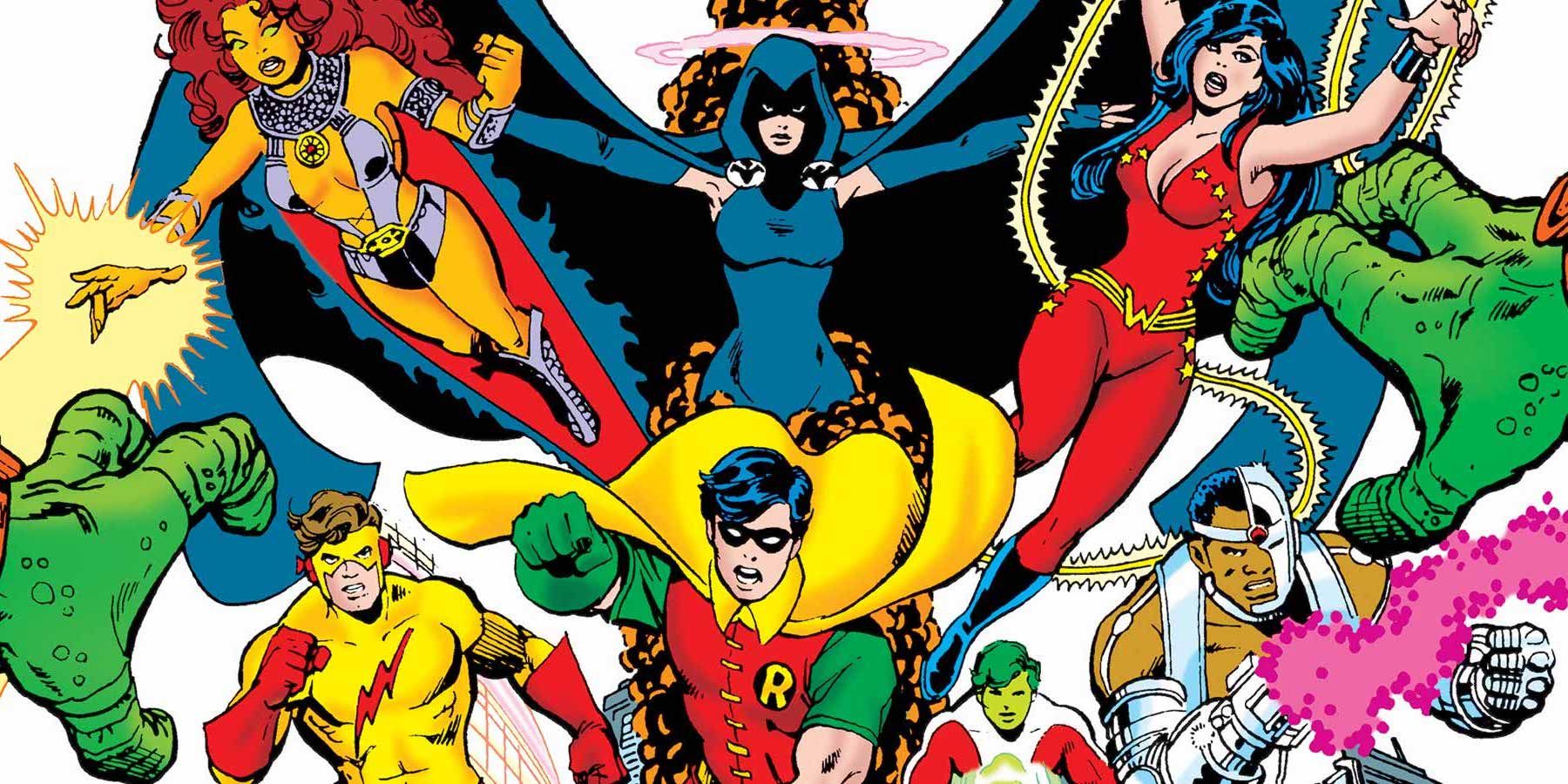In the DC Universe, there's many teams of superheroes but two stand out among the rest-- the Justice League and the Teen Titans. Thanks to their appearances in TV, animated movies, and of course, the comics, the group of young heroes has managed to stand shoulder-to-shoulder, if not eclipse, their older and more famous counterparts.
The Teen Titans are a lot more than the kiddie table of the superhero world.
The Titans have yet to make their way to the big screen. However, the Titans’ live-action debut is coming (and sounding very promising) as a TV series on DC’s yet-to-be-named streaming service. If done correctly, the new Titans show could open a whole new audience to the team that started as nothing but sidekicks.
Yet there’s probably a lot of things about the Titans not even the most dedicated current fans know. With a history that lasts decades, there’s a ton about the Titans that’s not widely available.
After all, the team didn’t start or end with the early 2000s cartoon. This list looks at all eras and iterations of the Titans to uncover some secrets that you probably weren’t aware of... at all.
Here are the 15 Crazy Things You Didn't Know About Teen Titans!
The Most Famous Team Isn't the Original one
When many people think of the Teen Titans, they envision the quintet for the acclaimed cartoon. Starfire, Robin, Cyborg, Raven, and Beast Boy were all on the Titans together during the group’s most famous run.
They weren’t, however, the original grouping of the Teen Titans. Among them, Robin is the only original Titan.
The formal grouping of the Teen Titans existed of all sidekicks.
It was Robin, Kid Flash, Aqualad, Wonder Girl, and Green Arrow’s sidekick, Speedy, who made up the first group.
Starfire and the rest weren’t added to the Titans until much later.
Although they were all (with one exception) original characters created from the group, not being taken from somewhere else. This might explain why the cartoon chose to go with them, rather than picking the team there at the beginning.
Superman helped to create Nightwing
It’s well known that the original Robin, who started the Teen Titans, went on to become the hero Nightwing. Dick Grayson bucked under the control of Batman and went his own way. Yet the exact origins and creation of Nightwing aren't as famous as his existence.
Nightwing was first introduced in the pages of The New Teen Titans. Batman / Bruce Wayne might be the biggest mentor in Dick Grayon’s life but he’s not the only one. Superman played just as big a role in guiding Dick. It’s because of Superman that Nightwing got his name.
After quitting the role of Robin, Dick went to Supes for advice.
While there, Superman told Dick about the Kryptonian legend of Nightwing. Nightwing and his partner, Flamebird, were deities of Krypton who protected the planet for years.
Inspired by the story, Dick took on the name of Nightwing and thus one of DC’s most popular heroes was born.
The Cartoon Brought Raven Back to Life
When the Teen Titans cartoon first began, most of the cast was operating in the comics, in some form or another. One familiar hero, though, was departed.
Raven had been deceased in the comics before the series began, sacrificing her life and existing purely in her spirit form. Yet as the cartoon grew in popularity, so did fan's desire to see Raven back and in the flesh.
Raven proved to be such a fan-favorite on the cartoon that DC found a way to bring her back to life in the comic.
Raven was reborn and put back on the Titans team.
This isn’t all the inspiration that the comics took either. After Beast Boy and Raven turned out to be such a popular coupling on the show, the comics had the two start up a bit of a romance.
Wonder Girl Was Added to the Team as a "Mistake"
When the first group of Teen Titans were formed, the idea was to have the squad be full of young sidekicks of adult heroes. Since Wonder Woman was one of the biggest heroes at DC Comics, naturally her sidekick was thought to be a perfect addition. The only problem was that at the time Titans were created, Wonder Woman didn’t have a sidekick.
Wonder Girl started life as young Wonder Woman, who went on adventures with her older self through time travel.
The creator of the first Teen Titans didn’t know this and included Wonder Girl into the stories thinking that she was just a sidekick.
Once the mistake was realized, an origin and unique identity for Wonder Girl had to be created. Wonder Girl was named Donna Troy and envisioned as an orphan who Wonder Woman rescued, and thus started Donna’s very complicated history.
The Trio that Started It All
The team that was known as the Teen Titans did consist of Aqualad, Robin, Kid Flash, Wonder Girl, and Speedy, but that specific grouping wasn’t the first gathering of the Teen Titans. The group started without a name way back in The Brave and the Bold #54, which was published in 1964.
In this (now classic) issue, Robin, Aqualad, and Kid Flash are invited to a small town, which is later attacked by the villain Mister Twister.
The cheesy and mildly offensive Twister was, rightfully, retired shortly after this appearance but he was a big enough threat to challenge the young heroes at the time.
The trio worked so well together (and fans responded so strongly) that the decision was made to form their own group. This is when Wonder Girl and Speedy entered the fold, but at the start it was just three sidekicks of much more famous heroes.
Beast Boy Was Too Young to Make the Cut
Beast Boy wasn’t a member of the first Teen Titans. He was, however, around when the first Teen Titans were fighting crime. Beast Boy was introduced in the pages of Doom Patrol, as he was adopted by two heroes from that team, Elasti-Girl and Mento.
During his adventures with the Doom Patrol, Beast Boy contacted the original Titans and nearly joined the group. He was ultimately rejected, though, because he was too young.
The pre-teen Garfield Logan wasn’t old enough to be on the teenage team.
Instead, Gar was shunted off to the much less popular and much more useless Titans West.
Beast Boy stayed on the B team until The New Teen Titans were created, when he joined them, under the new name of Changeling.
Rob Liefeld's Youngblood are The Team Titans
Deadpool creator, Rob Liefeld, is a rather controversial figure in comics. Mainly for what his drawings suggest about his grasp of anatomy and because he’s been accused of ripping off other characters. Deadpool's origins are eerily similar to Teen Titans’ villain, Deathstroke.
However, Liefeld is a big fan of the Titans and he was going to write his own spin-off series of the team, called Team Titans.
The deal nearly went through but fell apart at the last moment. Liefeld still had story ideas, though, so he created his own team of super youngsters called Youngblood.
There were some very obvious similarities between Youngblood and Titans. The team leader, Shaft, has a very reminiscent look and skill set to Roy Harper, aka Speedy. In fact, every Youngblood hero was intended to have a DC basis, but was obviously changed for Youngblood.
Keebler Sponsored an Anti-Drug Titans Story
The Teen Titans were no stranger to tackling real-world issues, especially in their series by Marv Wolfman and George Perez. However, one of the strangest and most blatant “very special” issues of Teen Titans came from a surprising source.
Keebler, the cookie company, sponsored and paid for an anti-drug Titans story in association with Ronald’s Reagan’s drug awareness campaign.
This alone is strange, but things get weirder. Rival company, Nabisco, owned the rights to cookies featuring Robin’s image. Since Keebler was producing the comic, Robin couldn’t be used.
However, this news went through after the comic had already been drawn. So, Robin had to be hastily covered up and recolored. The hero The Protector took his place temporarily. Of course, The Protector was never seen again after the anti-drug story wrapped.
A Japanese Theme Song Meant a Lighter Cartoon Episode
The Teen Titans cartoon had two versions of its incredibly catchy theme song. In one version, the song would be played completely in English. In the other, the same song would play but be (almost) completely in Japanese. (There’s no Japanese translation for Teen Titans, evidently.)
The Japanese theme was a nod to the fact that the cartoon had some obvious anime inspirations. There were certain tropes and styles employed in Teen Titans that originate in anime. Yet that wasn’t all that the Japanese theme signified.
When the Japanese theme played before an episode, it was meant to clue in viewers that the following story would be a lighter and funnier tale from the Titans.
There are two exceptions to the rule, however.
“Winner Take All” and "Nevermore" are darker episodes in Teen Titans history but for some reason had the Japanese theme song.
The Comic Featured the First Interracial Hug
Teen Titans managed to break down a few barriers, as is typical for stories featuring a younger generation. When Teen Titans was first on the shelves, it was very much in the era of the civil rights movement and segregation.
The concept of open affection between people of two different ethnicities was foreign, especially in media. Yet Teen Titans managed to get an interracial hug between the character Mal Duncan and Lilith onto the page.
Sadly, some trickery still had to be involved to get it past the censors. The entire page featuring the hug between Mal and Lilith was faded and grayed out.
This allowed each character’s skin color to be a neutral and nondescript tone. However it looked, it was still (technically) the first interracial hug between two characters in a comic book.
The First Female African-American Hero at DC Came from Teen Titans
The tide is slowly changing, yet there’s not many superheroes who are women of color. X-Men’s Storm is the first and most famous female African-American hero. Yet that record is set only by a year.
Marvel first introduced Storm in May of 1975. In December of 1976, DC followed suit. DC and Teen Titans introduced Karen Beecher, the woman who (two issues later) would become the hero Bumblebee.
Bumblebee became the first ever black female superhero for DC Comics, opening the way for Vixen, Thunder, Rocket, and sadly not much more than that.
Of course, the character proved to be very popular, very quickly. Bumblebee might’ve been eclipsed by Vixen in recent years but she’s still one of DC Comic's most prominent women of color.
They've Crossed Over with The X-Men, The Powerpuff Girls, and More
Nowadays, a cross-company crossover in comics is exceedingly rare. It still happens, but only after a lot of negotiations. When the comic industry was smaller and serving a niche audience, weird and unusual crossovers were much more plentiful.
In the '70s and '80s, the Teen Titans were one of DC’s most popular groups and as such, they were lent out to crossover events with other teams.
The biggest of these crossovers was with Marvel’s X-Men.
The story saw DC villain Darkseid wield the Phoenix Force and torment the X-Men. The Titans got wind of the plot and showed up to stop the New God.
The X-Men weren’t the only famous team the Titans met, though. They have also crossed over with Scooby-Doo, The Powerpuff Girls, and the team from the cartoon series Young Justice.
They're Not the First Super Team of Sidekicks
The Teen Titans are the most famous superhero team consisting (mostly) of sidekicks. They are, however, not the first sidekick supergroup. Nearly 20 years before the Titans first appeared, Jack Kirby and Joe Simon created Young Allies for Timely Comics, which would eventually grow into Marvel Comics.
The Young Allies team were led by Captain America’s young sidekick, Bucky Barnes, and his four friends.
Although the original Human Torch’s sidekick, Toro, eventually joined the group.
Together, the kids did want any normal pre-teens would do in the 1940s-- fight Nazis and the Axis Powers. Like a lot of WWII-era comics, Young Allies was borderline war propaganda.
For a long time, Young Allies was left abandoned as a product of its era. However, the team was eventually brought back, consisting of a bunch of young heroes from an alternate Earth.
DC Nation is To Thank for Teen Titans Go!
Teen Titans Go! is rather popular and has found an audience with a very young crowd. Yet for Titans fans of a certain age, nothing is worse than the pint-sized cartoon characters.
For those who grew up with or just watched the original Teen Titans cartoon, Teen Titans Go! is viewed as pale and obnoxious imitation.
However, the only reason why Teen Titans Go! was produced was because there was a demand for it.
For years in-between the commercial breaks of their DC branded shows, Cartoon Network ran shorts of DC Comics characters called DC Nation. Among these DC Nation shorts were ones featuring the Teen Titans team. The DC Nation Teen Titans shorts featured a similar style and sensibility to Teen Titans Go!
The interest and audience for these shorts far exceeded anything else that DC Nation produced. Therefore, the decision was made to give the tiny Titans their own series, Teen Titans Go!
The Team Was Nearly Abandoned and Forgotten
The Titans are so popular and have such comic cultural cache that it’s hard to imagine DC without them. Yet the super group very nearly didn’t make it out of the '70s.
The first Teen Titans comic series ran from 1964 to 1978, which is an incredibly impressive run. However, towards the tail end of that series, interest was waning and DC made the decision to cancel it.
Two years later, the Teen Titans were brought back from Marv Wolfman and George Perez’s run under the branding The New Teen Titans. The expectation was that the team would run for a couple years and probably be abandoned forever.
However, The New Teen Titans exploded in popularity. It became one of the most popular series for DC, selling out much more established heroes. The success forever cemented the Titans as one of DC’s most popular supergroups.
---
Did you know about these facts about the Teen Titans? Did we miss any big secrets? Sound off in the comments!

